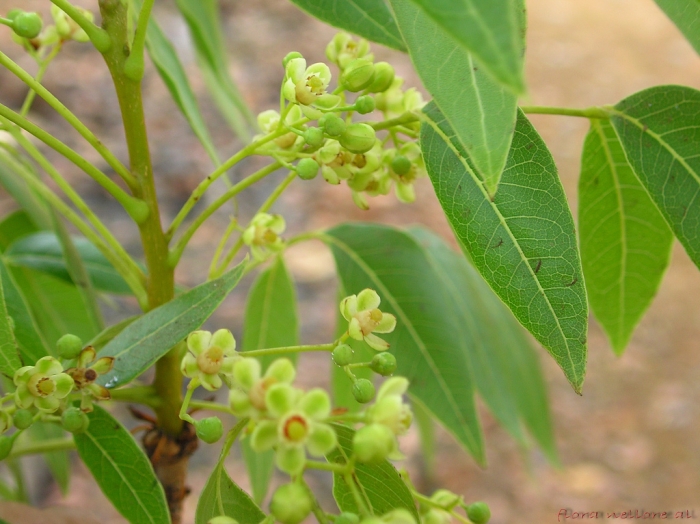West Indian Mahogany
(Swietenia mahagoni)
West Indian Mahogany (Swietenia mahagoni)
/
/

Lalithamba from India
CC BY 2.0
Image By:
Lalithamba from India
Recorded By:
Copyright:
CC BY 2.0
Copyright Notice:
Photo by: Lalithamba from India | License Type: CC BY 2.0 | License URL: https://creativecommons.org/licenses/by/2.0 | Uploader: Slick-o-bot | Publisher: Wikimedia Commons | Title: Swietenia_mahagoni_L._-_Flickr_-_lalithamba.jpg | Notes: {{Information |Description ={{en|1=Location taken: Merrifield Garden Center, Fairfax VA USA. Names: Thymus x citriodorus'Argenteus' , Silver Edged Thyme, Silver Thyme, Silver-Edged-Leaved Lemon Thyme, Thym Panaché Argen Cl...























































































Estimated Native Range
Summary
Swietenia mahagoni, commonly known as West Indian Mahogany, is an evergreen to semi-deciduous tree native to the Caribbean and southern Florida, where it grows in a variety of habitats including dry forests, coastal areas, and pine rocklands. It typically reaches a height of 30–35 meters (98–115 ft) with a broad, rounded crown. The leaves are pinnate, with a reddish-pink tinge when young, maturing to a dark green. Small, fragrant flowers are produced in loose clusters, followed by woody capsules containing winged seeds. The bark is smooth and gray on young trees, becoming darker and deeply furrowed with age.
West Indian Mahogany is valued for its dense, reddish-brown wood that polishes to a high sheen, making it a popular choice for fine furniture and cabinetry. It is also used in the manufacture of musical instruments due to its tonal properties. As an ornamental, it is planted for its attractive foliage and form, and it can be used as a shade tree in large landscapes. This species requires full sun to part shade, medium water, and well-drained soils. It is relatively free of pests and diseases but can be susceptible to frost damage in cooler climates.CC BY-SA 4.0
West Indian Mahogany is valued for its dense, reddish-brown wood that polishes to a high sheen, making it a popular choice for fine furniture and cabinetry. It is also used in the manufacture of musical instruments due to its tonal properties. As an ornamental, it is planted for its attractive foliage and form, and it can be used as a shade tree in large landscapes. This species requires full sun to part shade, medium water, and well-drained soils. It is relatively free of pests and diseases but can be susceptible to frost damage in cooler climates.CC BY-SA 4.0
Plant Description
- Plant Type: Tree
- Height: 40-50 feet
- Width: 30-60 feet
- Growth Rate: Rapid
- Flower Color: N/A
- Flowering Season: Spring
- Leaf Retention: Evergreen
Growth Requirements
- Sun: Full Sun, Part Shade
- Water: Medium
- Drainage: Medium, Fast
Common Uses
Drought Tolerant
Natural Habitat
Dry forests, coastal areas, and pine rocklands
Other Names
Common Names: American Mahogany, Cuban Mahogany, Small-Leaved Mahogany, West Indies Mahogany, Acajou, Acajou A Planches, Acajou De St. Domingue, Cajou, Cajou A Planches, Caoba
Scientific Names: , Swietenia mahagoni, Swietenia mahogani, Swietenia mahogoni, Cedrela mahagoni, Cedrus mahogani, Swietenia acutifolia, Swietenia fabrilis, Swietenia mahaganii, Swietenia mahagoni var. praecociflora,
GBIF Accepted Name: Swietenia mahagoni (L.) Jacq.